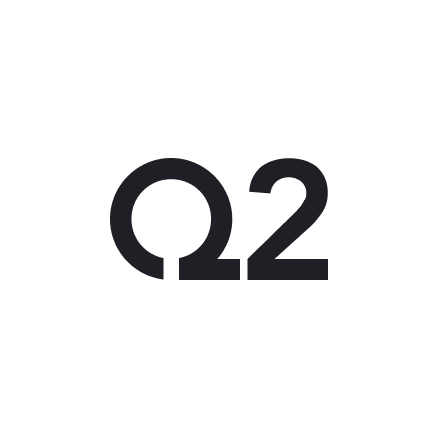Hilda Olekangal, Senior Manager of Data and Architecture, leads the team tasked with supporting and managing the data sources and data integrations for all of Q2’s business operational data. Her U.S. team includes a business intelligence analyst who specializes in Microsoft Power BI, which Q2 uses for reporting; two developers focused on Snowflake integrations; and a developer tasked with all other application integrations. In addition, there are two additional members from the India team supporting the various data pipelines.
Olekangal’s team supports nearly every division across the organization. “Our customers are the different departments within Q2: sales, marketing, finance, customer support, implementations, product operations,” she explains. “Data stewards are scattered across the company, and one of our primary responsibilities is getting data to them and making sure that data is accurate and complete.”
In addition to building their data warehouse in Snowflake, the team is also responsible for data synced between various SaaS applications such as Salesforce, Netsuite, Workday, and more. “We are very SaaS-heavy on the business operational side—we bring in data from multiple SaaS applications,” Olekangal explains. “We also support the reporting infrastructure for our company, which is on Power BI.”
Q2 initially built its data warehouse on SQL Server, with the team using Dell Boomi to bring in data from different applications, SSIS (SQL Server Integration Services) for data transformation, and Power BI for analytics. Three years earlier, the team had launched a project to migrate off of SQL Server to a cloud data platform. After evaluating multiple options, they landed on Snowflake, and brought on another vendor for integrations and data transformation.
However, this vendor turned out to be very expensive—hourly jobs took a full hour to run, so by the time one finished, it was time to kick off the next job. “This effectively meant the warehouse was running 24 hours a day, and our Snowflake bill started hiking up,” Olekangal says. At this point, she realized they could no longer run hourly jobs, and so cut back to daily jobs. But even then, she says, “There were still a lot of issues with integrating the data to Snowflake. We started to see the consumption—and the resulting costs—keep going up and up. Because we weren’t seeing the value-add for the price we were paying, we were left with the choice of rip and replace. So we started looking for a way to get our plumbing in order.”






